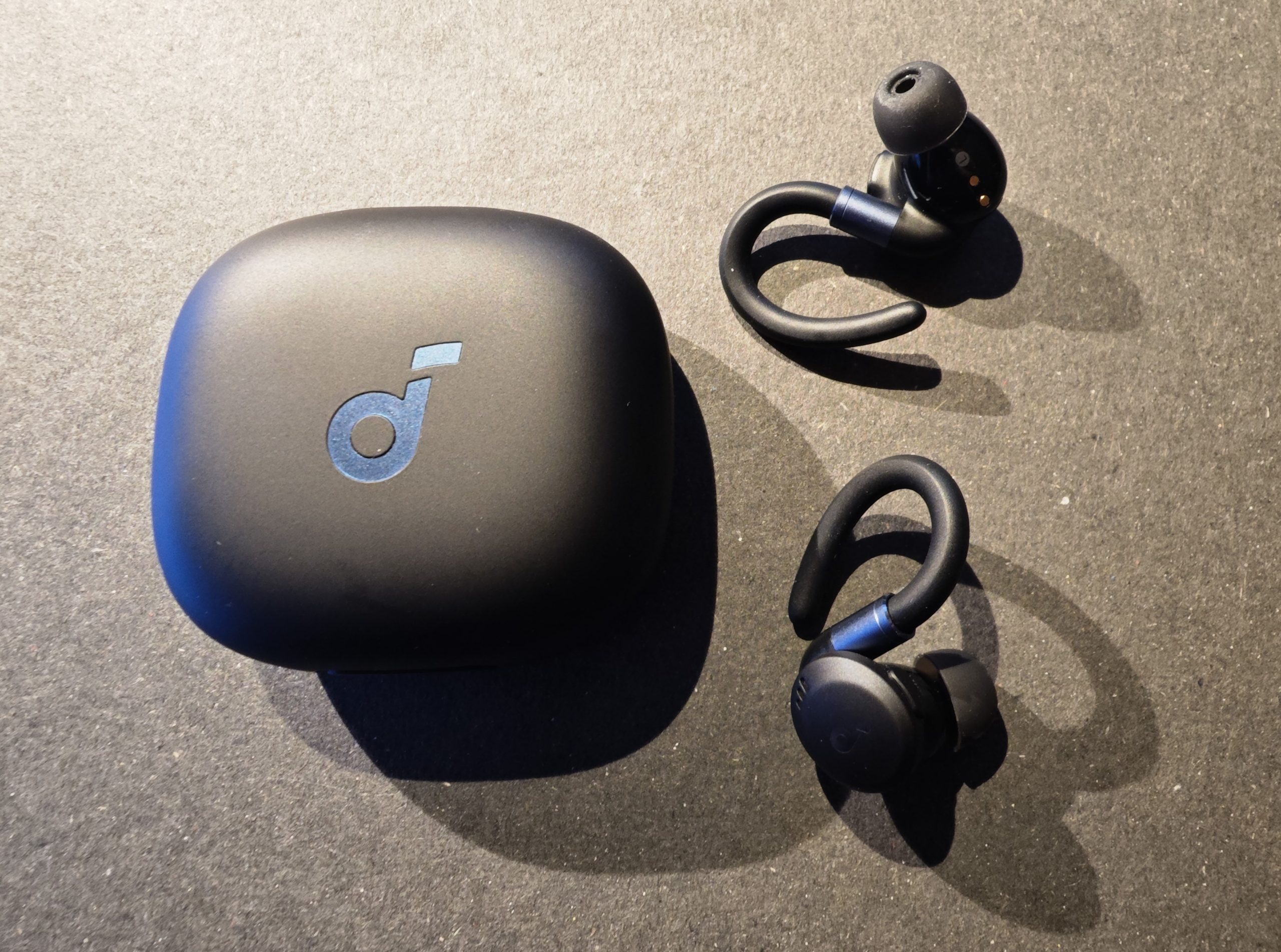TL;DR
Anker's Soundcore Sport X20 aims to be your go-to training earbuds, boasting an improved IP68 rating, faster charging, enhanced noise cancellation, and longer battery life over the previous X10. While the sound signature remains bass-heavy, ideal for workouts, the X20 offers a comfortable fit and useful features like HearID personalization and improved transparency mode. Minor gripes include a less secure ear hook design and the absence of wireless charging. Despite these, their exceptional value proposition makes them a compelling choice for fitness enthusiasts. Ready to dive into the specifics? Read the full review to find out if the Sport X20 is your perfect training partner.
Nearly three years have passed since we reviewed its predecessor, the Anker Soundcore Sport X10, indicating a deliberate development process for the successor. This sparked our curiosity regarding the enhancements Soundcore, known for feature-rich products, would incorporate into the Anker Soundcore Sport X20.
The Soundcore Sport X20 is designed as a dedicated training headphone, evident in its construction, durability, sound profile, and control mechanism. We’ve recently evaluated several high-performance training headphones, including the Jabra Elite 8 Active Gen. 2, Sennheiser Momentum Sport, and Shokz Open Run Pro 2 (Mini), setting a performance benchmark for the Sport X20. It’s important to note that the Soundcore Sport X20 distinguishes itself with its affordability, a characteristic trait of Anker Soundcore, offering considerable value for money.
First Impression – Anker Soundcore Sport X20
The most notable change lies in the design of the charging case and the ear hook. The Sport X10 featured, in our opinion, a more practical oblong case, facilitated by the 210-degree rotation of the ear hooks. Soundcore may have transitioned away from the oblong design to achieve a unified aesthetic, aligning with the form factor of the Soundcore Liberty 4 NC, while maintaining it with the Soundcore Space A40.
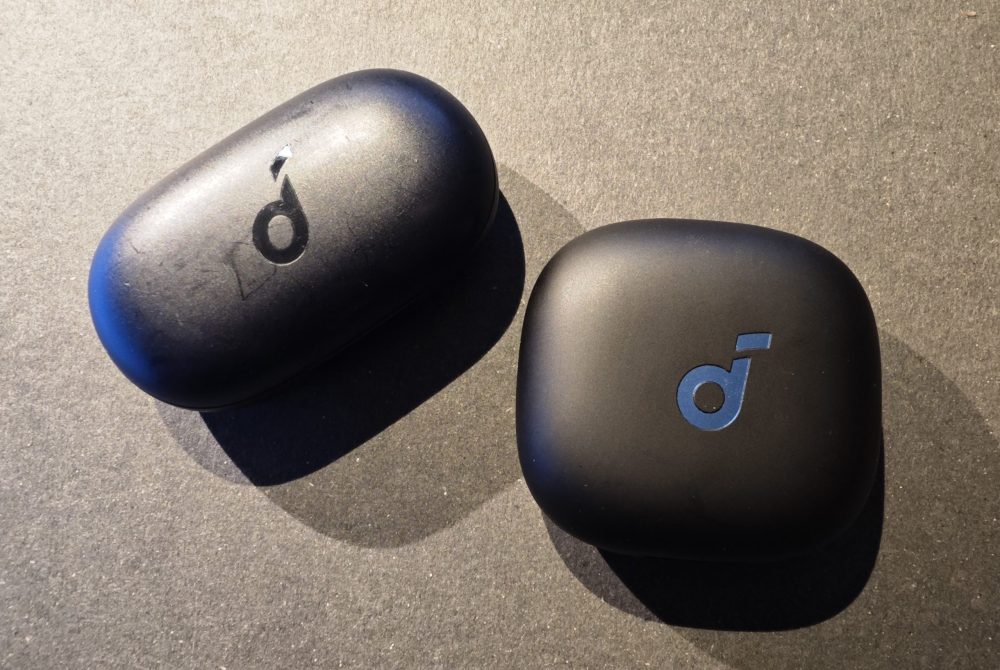
Regardless, the rectangular design appealed to us, primarily due to the 210-degree rotation and extended length of the ear hooks. The Sport X20’s ear hooks offer only a 30-degree angle, potentially impacting secureness. This, coupled with the ear hook’s more outward positioning, resulting in more of the headphone residing within the ear, can contribute to a less secure fit.
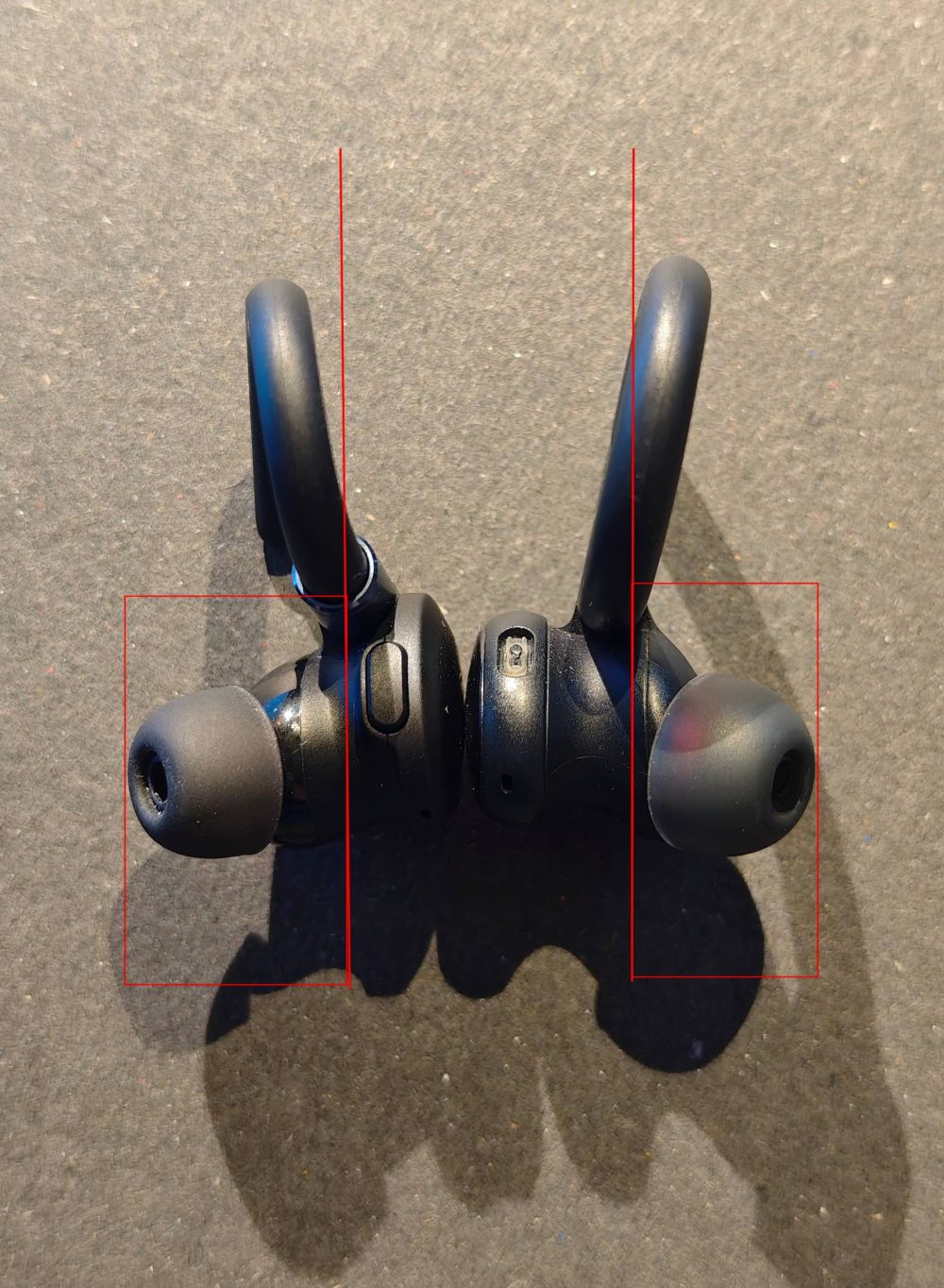
One notable detail is that the eartip rests directly at the ear canal opening, minimizing the need for deep insertion. This design contributes to enhanced comfort during extended use.
Otherwise, the configuration largely mirrors the X10, but with comprehensive enhancements. The Sport X20 boasts an improved IP68 rating (compared to the X10’s IPX7), twice as efficient fast charging (5 minutes yields 2 hours of playback), advanced noise cancellation, a 33% longer battery life, the same emphasized bass response, now delivered through an 11mm driver, and 6 AI-powered microphones.
During initial use, the sound output of the right earphone was noticeably lower than the left, prompting continuous adjustments. After verifying the issue was not related to hearing, it became evident that the volume disparity persisted despite software updates. Troubleshooting steps, including factory resets, re-updates, and eartip replacements, proved ineffective. The solution was ultimately found by running Soundcore’s HearID, their proprietary hearing test program (which does not directly compensate for ear-specific volume imbalances). Subsequently, the volume balance normalized. This suggests a software anomaly, likely to be addressed in future updates, but serves as a potential solution for users experiencing a similar problem.
The charging case still lacks wireless charging, a feature increasingly expected in modern devices and somewhat inconvenient in its absence. However, the stylish LED indicator, reminiscent of K.I.T., seen on the Liberty 4 NC, replaces the three individual LEDs of the Sport X10.
The Sound Experience – Anker Soundcore Sport X20
The Sport X20 delivers a powerful sound profile characterized by substantial bass and heightened intensity across the frequency spectrum. The pronounced bass response is particularly well-suited for high-energy training sessions, where a slightly exaggerated effect can be beneficial. Consequently, the Sport X20 isn’t primarily focused on nuanced detail, although even listeners accustomed to reference-grade headphones may find the immersive soundscape of the Soundcore Sport X20 occasionally appealing.
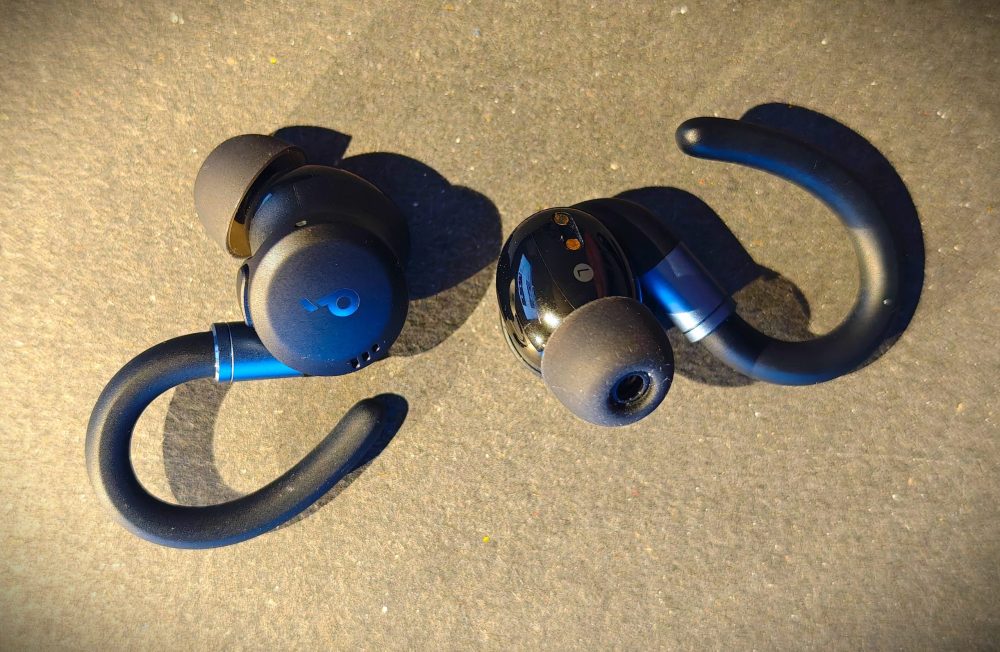
Utilizing the Xiaomi 14 Ultra’s simultaneous dual-headphone output capability, we directly compared the X10 and X20. With heavier EDM tracks such as Trevor Guthrie – This is what it feels like, the difference between the two is minimal. Switching to Daft Punk – Get Lucky, which features greater sonic complexity, the Sport X20 exhibits a slight advantage, but only marginally. The Soundcore X10 already offered impressive sound quality in 2022, and the 1mm driver increase in the X20 yields a negligible difference in overall performance.
Battery life is not a concern. The headphones offer rapid charging and rarely will training sessions exceed twelve hours. Transparency mode is subtly improved, with the adaptive functionality performing well, particularly during cycling. The headphones automatically adjust to allow environmental sounds at stops. The headset functionality is also effective, ensuring clear communication. No issues were observed in these areas.
Other functions
Soundcore HearID, enabling personalized sound profiles, is included. As with previous iterations, users can customize button assignments for single, double, triple, and long presses. Call management has been simplified with a short press to answer and a long press to reject. Finally, four types of breathing exercises are included, potentially beneficial before and after training sessions. Ultimately, the Soundcore Sport X20 is designed primarily for training, with ancillary features supplementing its core purpose.
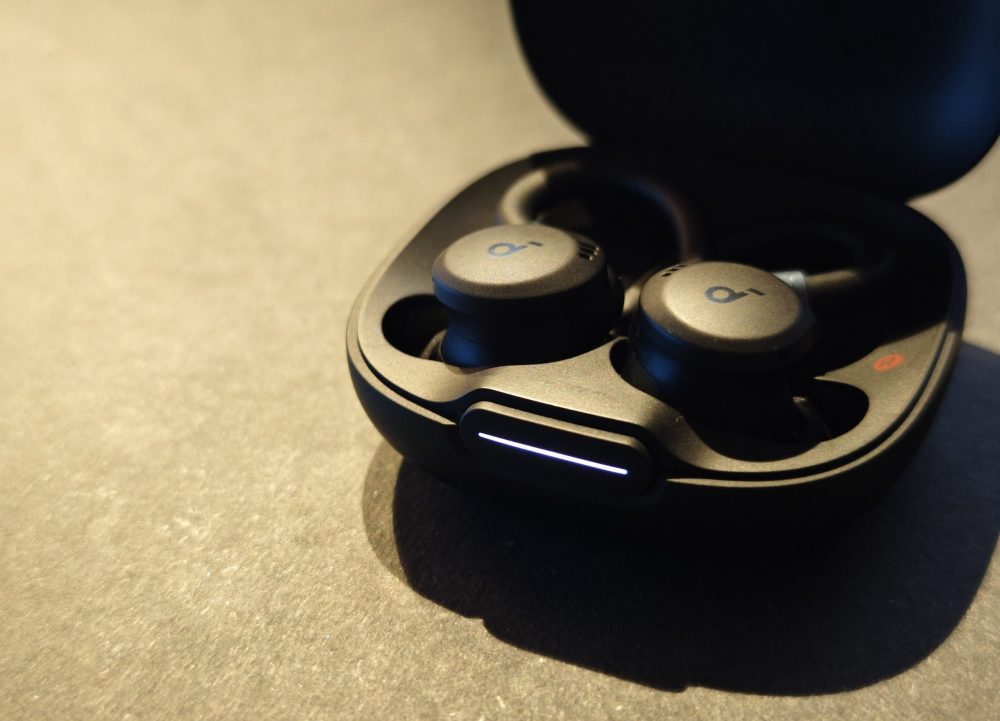
Conclusion – Anker Soundcore Sport X20
We should begin by assessing the affordability of the Sport X20. Currently priced at 785 kronor on Soundcore’s website (typically around 1,200 kronor), they represent exceptional value for their performance. We were critical of the predecessor, yet it has been consistently used for comparisons against other headphones. After three years of regular use, one button has become partially detached, requiring fingernail operation, which is the only noticeable sign of wear. Assuming the Sport X20 maintains similar durability, 785 kronor is an excellent investment in this context.
In conclusion, Anker Soundcore has engineered the Sport X20 as a competent training headphone, a worthy successor in most aspects, except for the case design and ear hook security. However, all other features are improved, without a significant price increase. The limited drawbacks, combined with the competitive price, result in a favorable overall assessment.
Anker provided review samples for this evaluation. Material providers exert no editorial influence on our testing, and we maintain independence with a focus on our readership and consumers.
